Home / Tourism / City
Tourism (Major Attractions) :
The City is a tourist hub, surrounded by many historical monuments, including the Ajanta Caves and Ellora Caves, which are UNESCO World Heritage Sites, in close proximity, attracting over 1.7 million domestic and over 50000 foreign tourists. Aurangabad, also known as the City of Gates, one of the things that make Aurangabad stand out from the several other medieval cities in India are its 52 'gates', each of which has a local history, built during the Mughal Era and 2 ASI protected monuments (Bibi ka Maqbara and Aurangabad caves) & many more within city limits. In 2010, the Maharashtra Tourism Minister declared Aurangabad to be the tourism capital of Maharashtra. It is also one of the fastest-growing cities in the world.
Connectivity :
- Well connected by Air, Railway, and road with major cities of Maharashtra and India.
- Nagpur-Aurangabad-Mumbai Expressway (Samruddhi Mahamarg) under construction.
Tourist Attractions (Aurangabad city)
Bibi Ka Maqbara
Situated about 3 km from the city is Bibi Ka Maqbara, the burial place of Aurangzeb's wife, Rabia-ud-Durrani. It is an imitation of the Taj Mahal at Agra, and, due to its similar design, it is popularly known as the Mini Taj of the Deccan. The Maqbara stands in the middle of a spacious and formally planned Mughal garden with axial ponds, fountains, water channels, broad pathways, and pavilions. Behind the mausoleum is a small archaeological museum.

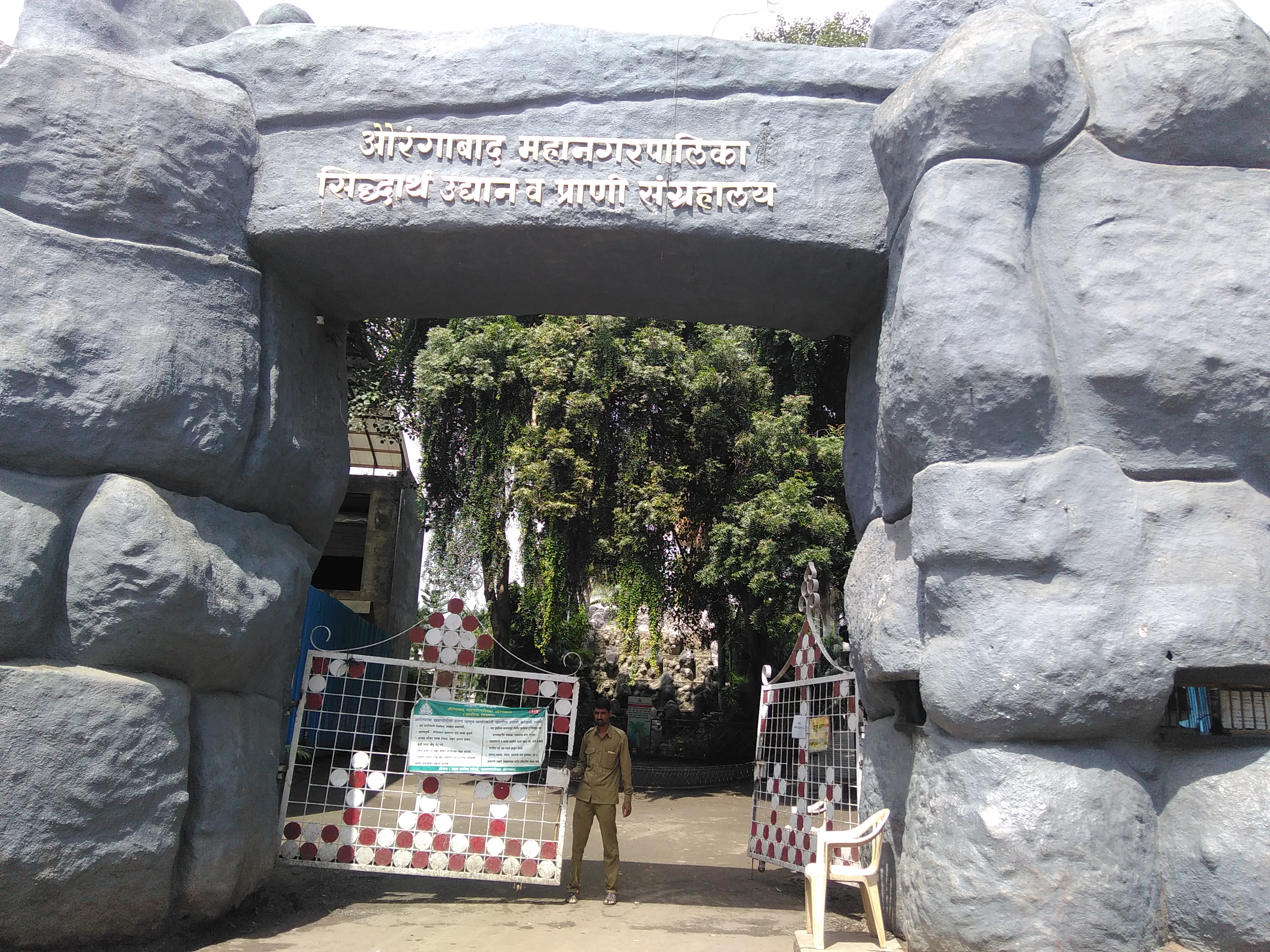
Siddharth Garden and Zoo:
Siddharth Garden and Zoo is a park and zoo situated near the central bus station in Aurangabad. This is the only zoo in the Marathwada region. There are various types of animals and birds. The name of "Siddhartha" has been kept on the name of Gautama Buddha.
Panchakki (water mill):
Housed in the Dargah complex of Baba Shah Musafir, this is a 17th-century watermill situated at a distance of 1 km from the city. An intriguing water mill, the Panchakki is famous for its underground water channel, which traverses more than 8 km to its source away in the mountains. The channel culminates in an artificial waterfall that powers the mill.
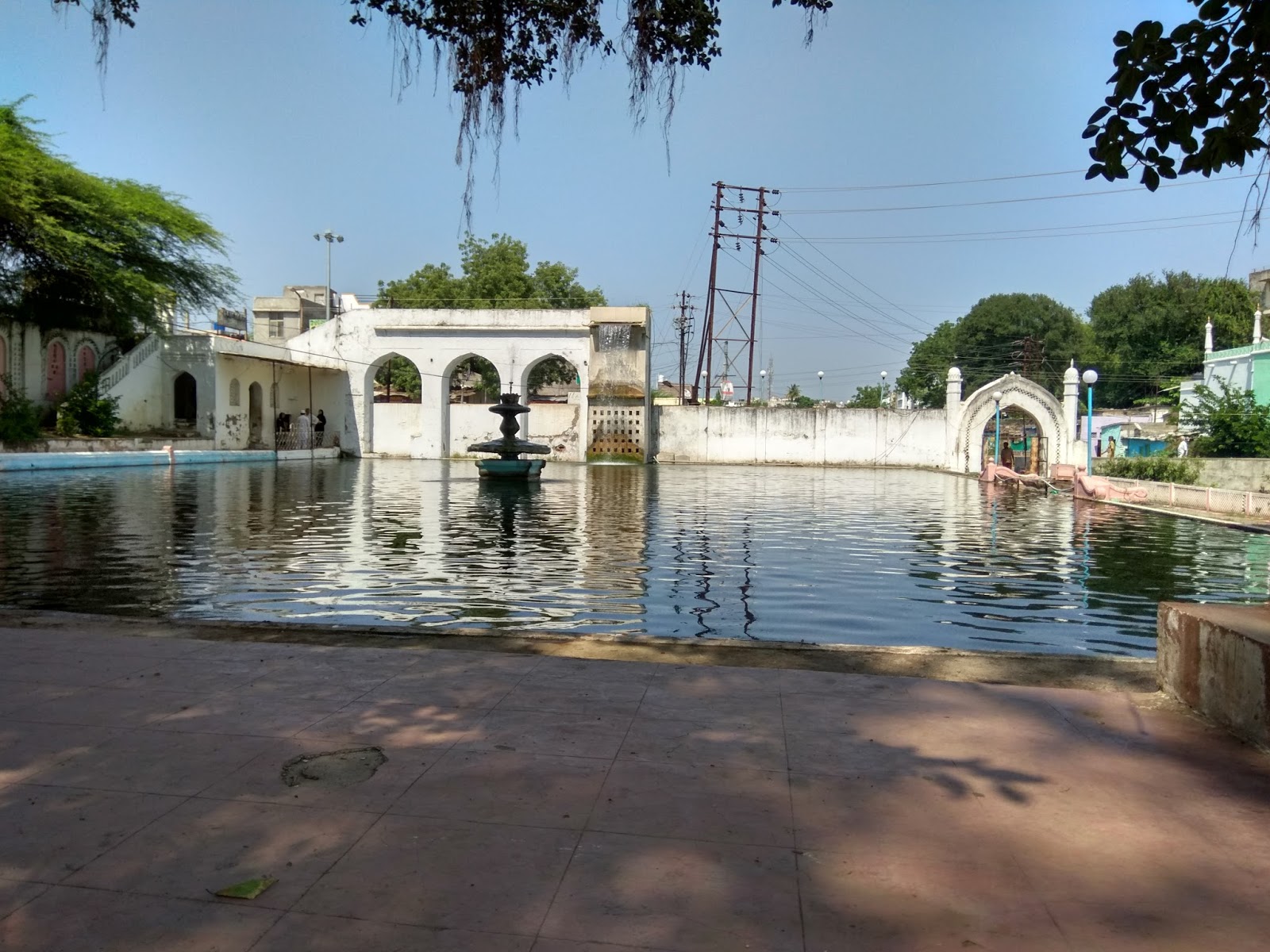
Naukhanda palace :
This was built by Malik Ambar in 1616 upon the summit of a rising ground at Aurangabad. The massive portal gateway leading to this, over which the Naubatkhana sounded, was called Barkal. The palace had nine apartments. The interior buildings consisted of five zananas, a Divan I Aam, a Divan I Khas, a masjid, and a kacheri, each provided with a garden and a cistern.
Himayat Bagh Aurangabad :
This is a 17th-century garden that now houses the Fruit Research Station & Nursery, which is a part of the Marathwada Agricultural University. It is located near Delhi Gate in the Rauza Bagh area of Aurangabad. It is a sprawling complex spread over 300 acres (1.2sqkm), it is naturally green, and in the olden days it was known as the Mughal garden.
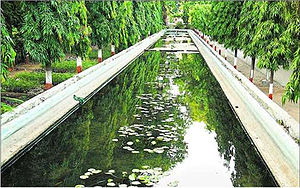
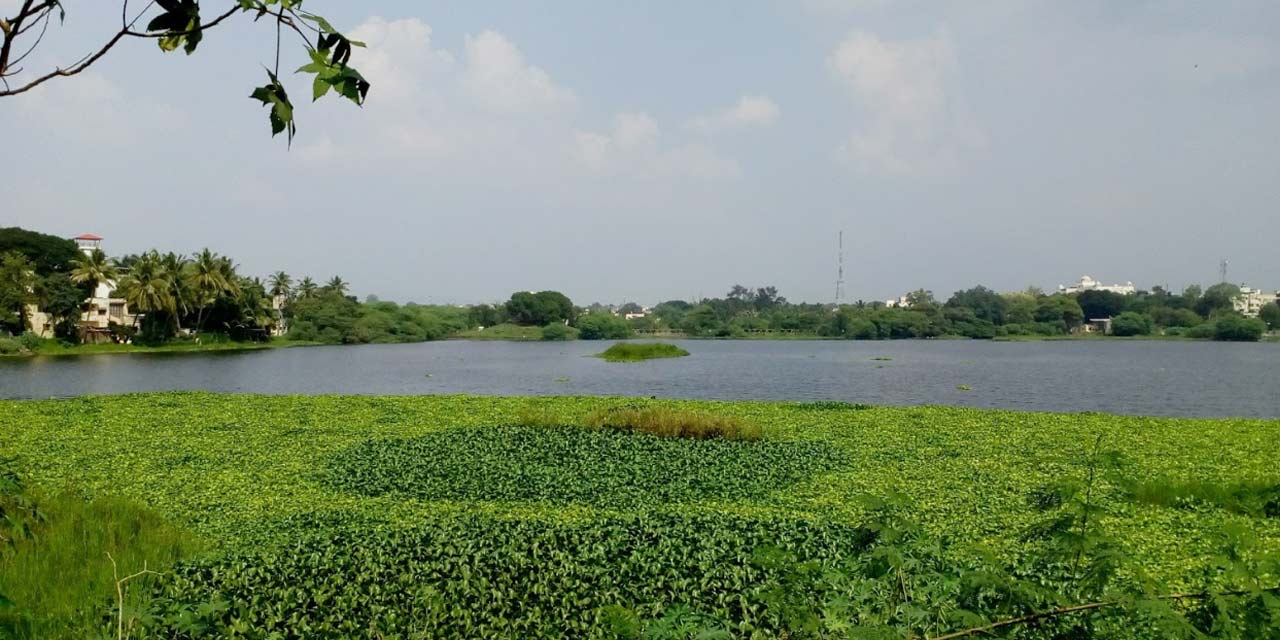
Salim Ali Lake & Bird Sanctuary :
Salim Ali Sarovar (lake), popularly known as Salim Ali Talab is located near Delhi Gate, opposite Himayat Bagh, Aurangabad. It is located in the northern part of the city. During the Mughal period, it was known as Khiziri Talab. It was renamed after the great ornithologist and naturalist Salim Ali. It also has a bird sanctuary and a garden maintained by the Aurangabad Municipal Corporation.
Aurangabad Caves :
Situated at a distance of 5km, nestled amidst the hills are 12 Buddhist caves probably dating back to 3 A.D. Of particular interest are the Tantric influences evident in the iconography and architectural designs of the caves. They also offer a panoramic view of the city as well as the imposing Maqbara
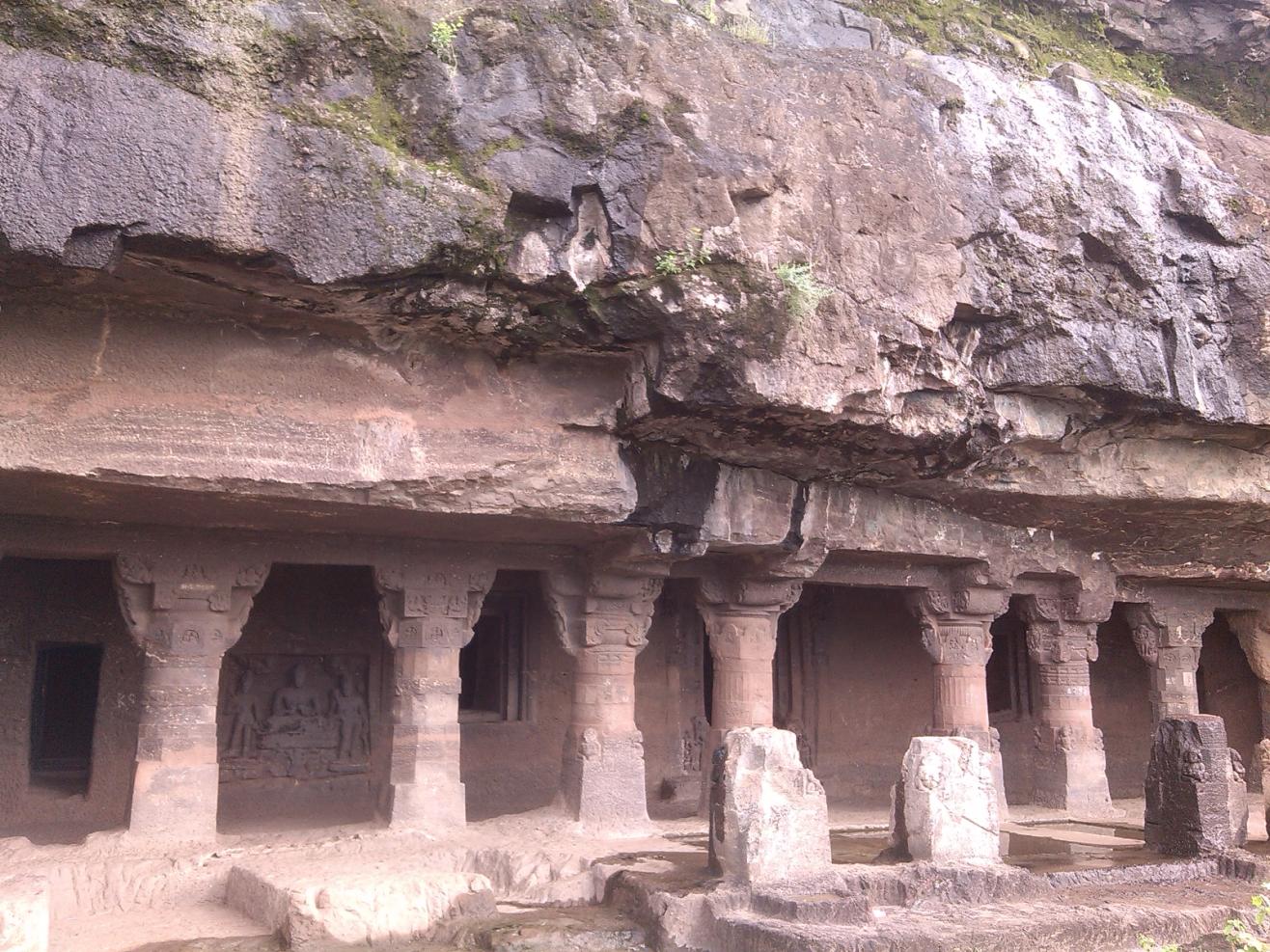
Quil-e-Ark (Naubat Darwaza):
In 1692, Aurangzeb ordered a palace to be built and named it as the Kile Arak Darwaza. The space enclosed by the Kile Arak Darwaza or citadel covered nearly the whole ground between the Mecca and Delhi gates of the city. It had four or five gateways and a nagarkhana for the musicians. The walls were battlemented and loop-holed and had semi-circular towers at the angles, on which guns were once mounted. The inner portion was occupied by recesses similar to those in the city walls. To the right of the entrance was a high terrace extending the whole length of the ground enclosed.
Kali Masjid, Jama Masjid :
Among the mosques, the Jumma Masjid and the Kali Masjid, built by Malik Ambar, and the Shah Ganj mosque, are the most conspicuous. Malik Ambar is said to have built seven mosques which go by the general name of Kali Masjid. The Kali Masjid is in Juna Bazar area and was erected in 1600 A. D. It is a six-pillared stone-building standing on a high plinth. The Jumma Masjid of Malik Ambar is near the Kile Arak Darwaza. It has fifty polygonal pillars arranged in five rows, connected by a system of arches, which divide the building into twenty-seven equal compartments, each covered by a domical vault of simple but elegant design. There are nine-pointed arches in front. Of these, five were erected by Malik Ambar in 1612 A.D. and the remaining four were added by Aurangzeb.
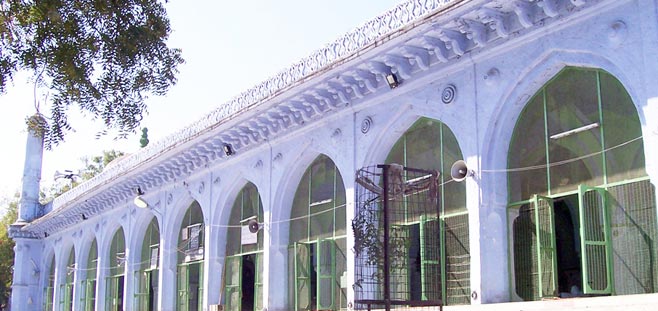
Shahganj Masjid:
Occupying the great market square of Aurangabad is the large Shah Ganj mosque, one of the finest edifices of its class to be found in any part of India. It was built in about 1720 A.D. Khafi Khan, the author of Muntakhabu-1-Lubab, referring to Sayyad Husain Khan's viceroyalty of the Deccan (1714–1719) says "The reservoir at Shah Ganj was begun by Sayyad Husain Ali, and although Aazu-d Daula Iraz Khan enlarged and made higher the buildings and mosques, still Sayyad Husain Ali was the originator of that extensive reservoir, which in summer when water is scarce, relieves the sufferings of the inhabitants".
Chowk Masjid:
In 1655 was Chowk Masjid was built by Shayista Khan, the maternal uncle of Aurangzeb. Its front has five pointed arches, and is two arches in depth. These are connected with one another by eight pillars and corresponding pilasters, and support five domes. The central dome, with a metallic spire is lofty, while the others are concealed in the roof. The corners are decorated with minarets. The whole structure has a high basement containing chambers used for shops, which open out on the roadside. The gate has two minarets. There is a cistern in the courtyard in front of the mosque.

Soneri Mahal:
The Soneri Mahal in Paharsingpura was erected by a Bundelkhand chief who accompanied Aurangzeb into the Deccan. The building is in stone and lime and has a high plinth. It is said to have derived its name from the paintings of gold which at one time decorated it.
Contact Us
Mobile No.
 This Website SSL Protected
This Website SSL Protected





